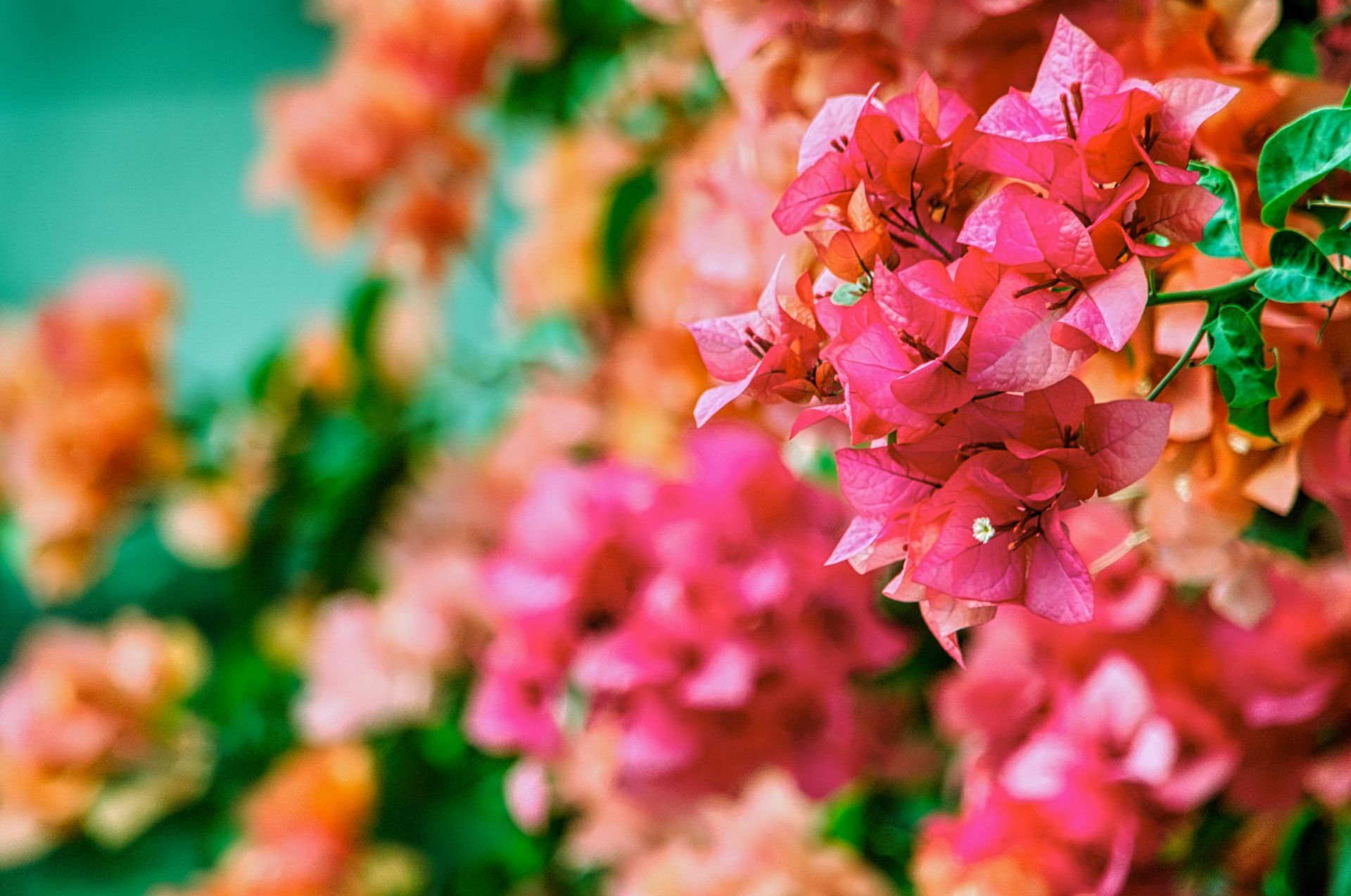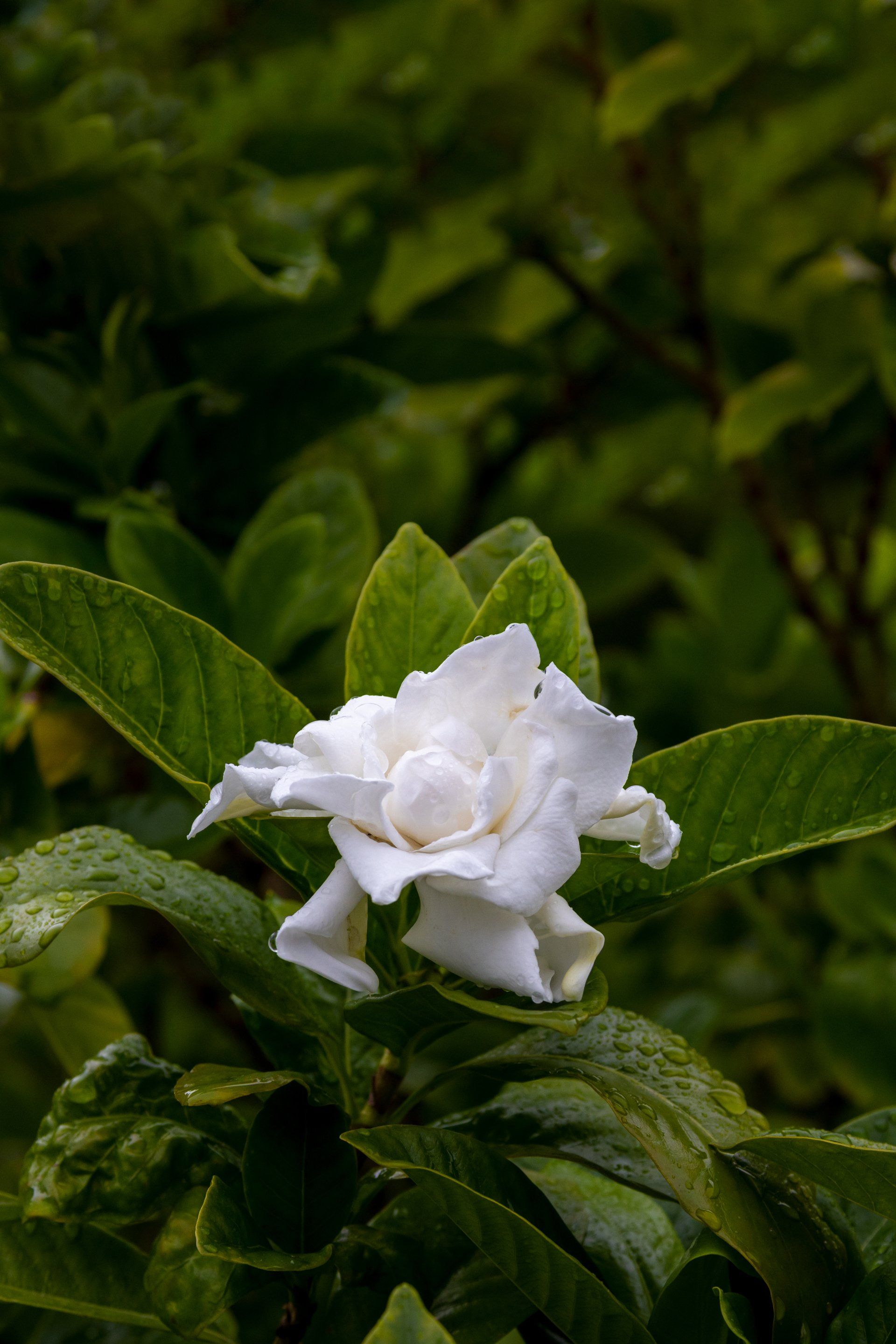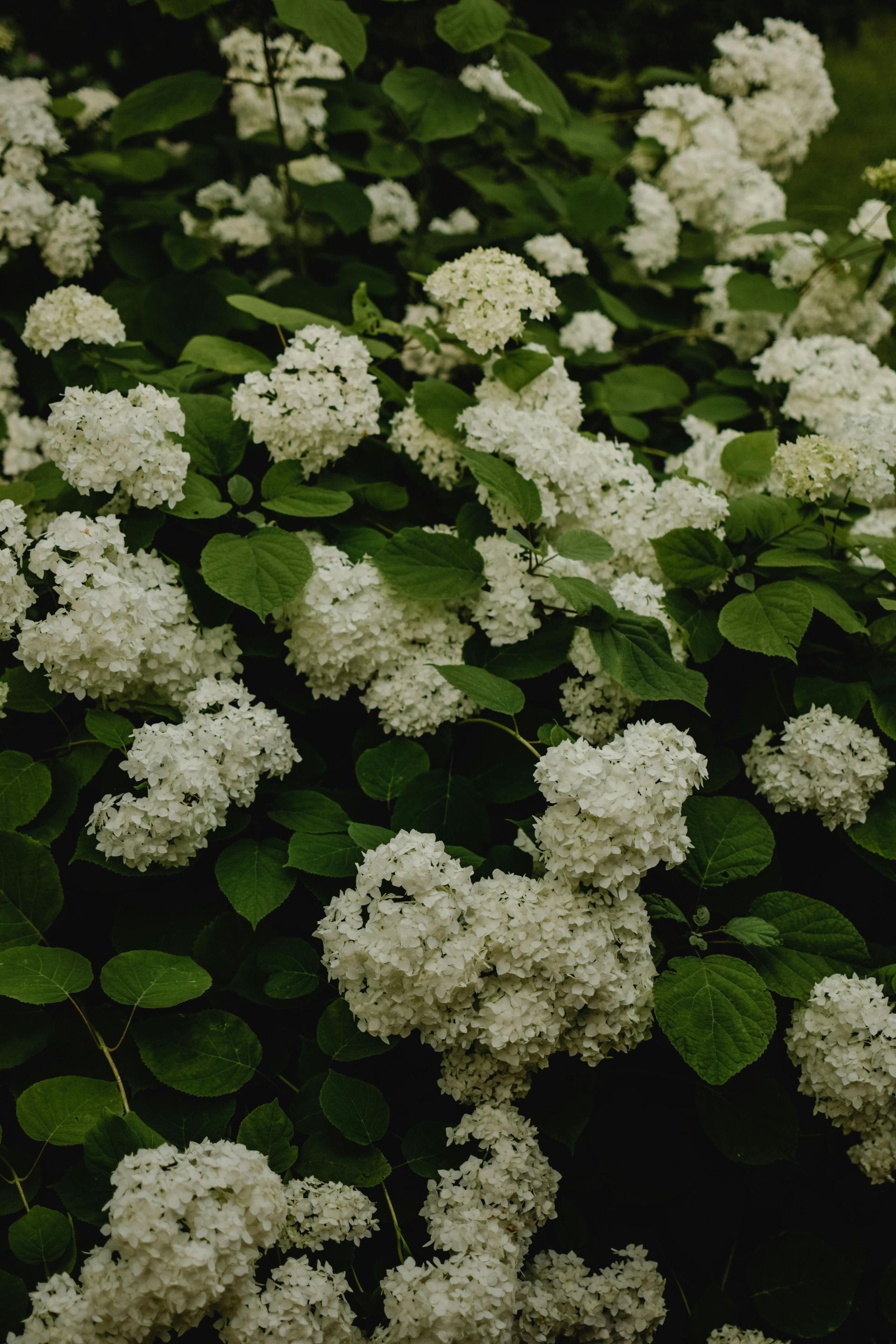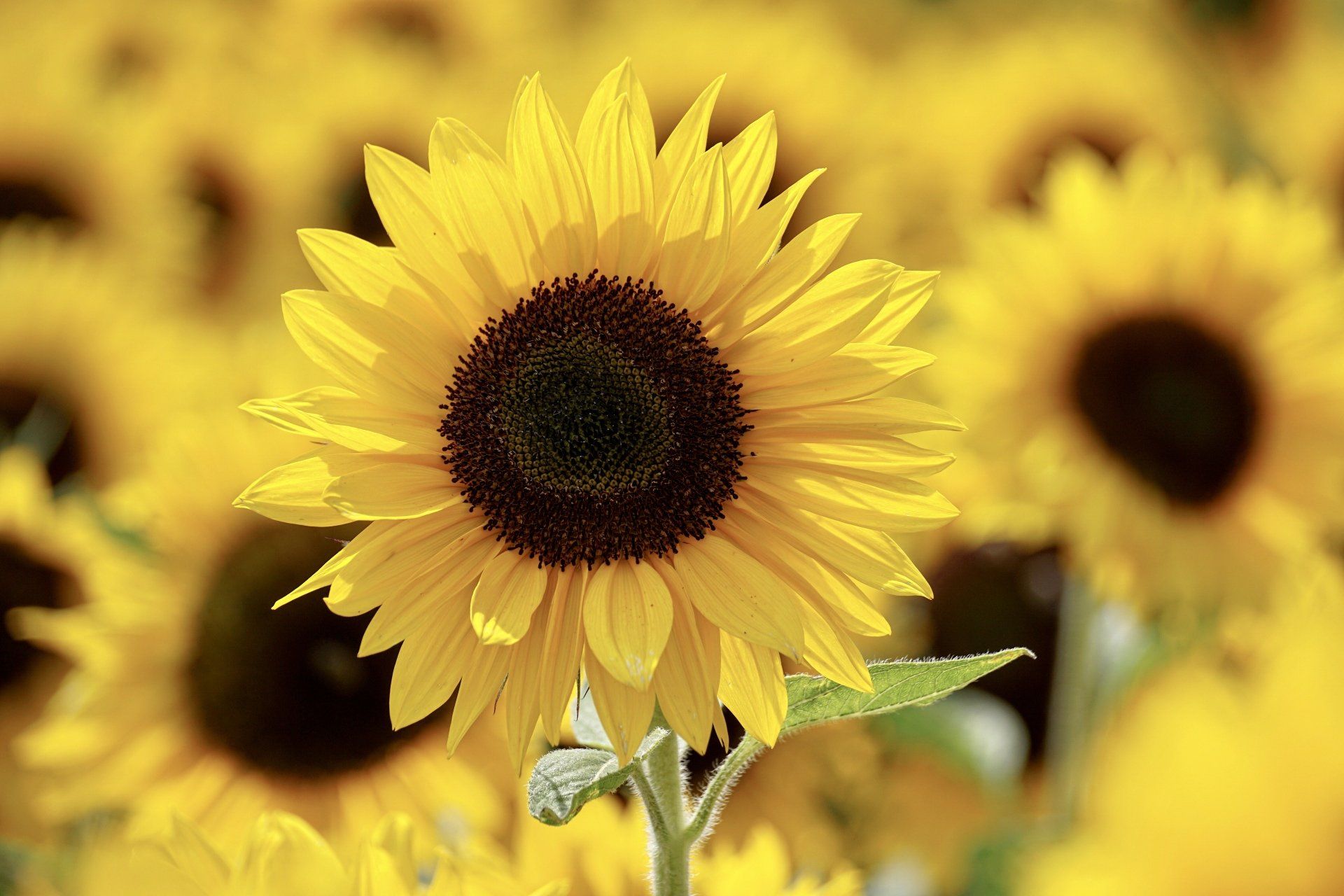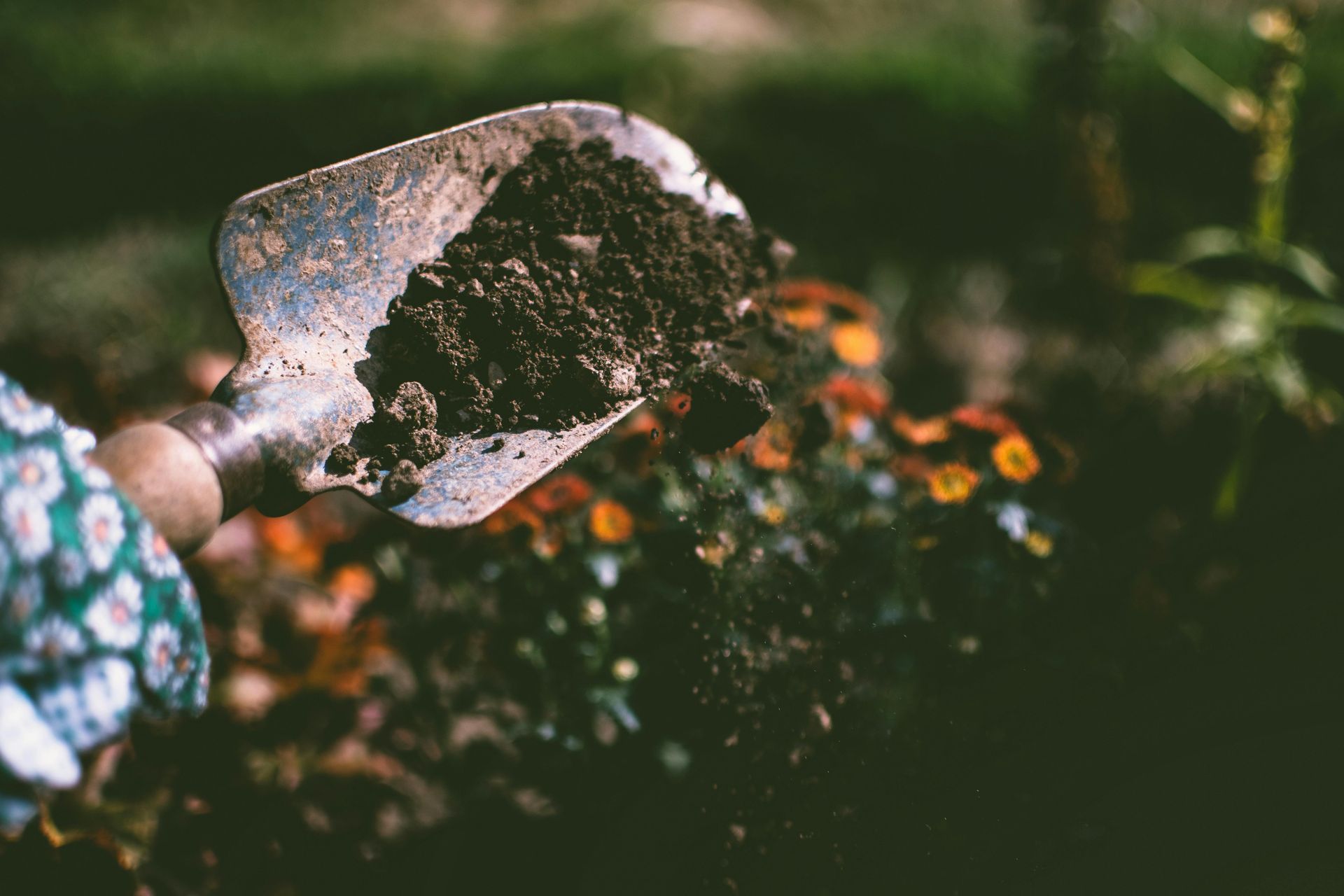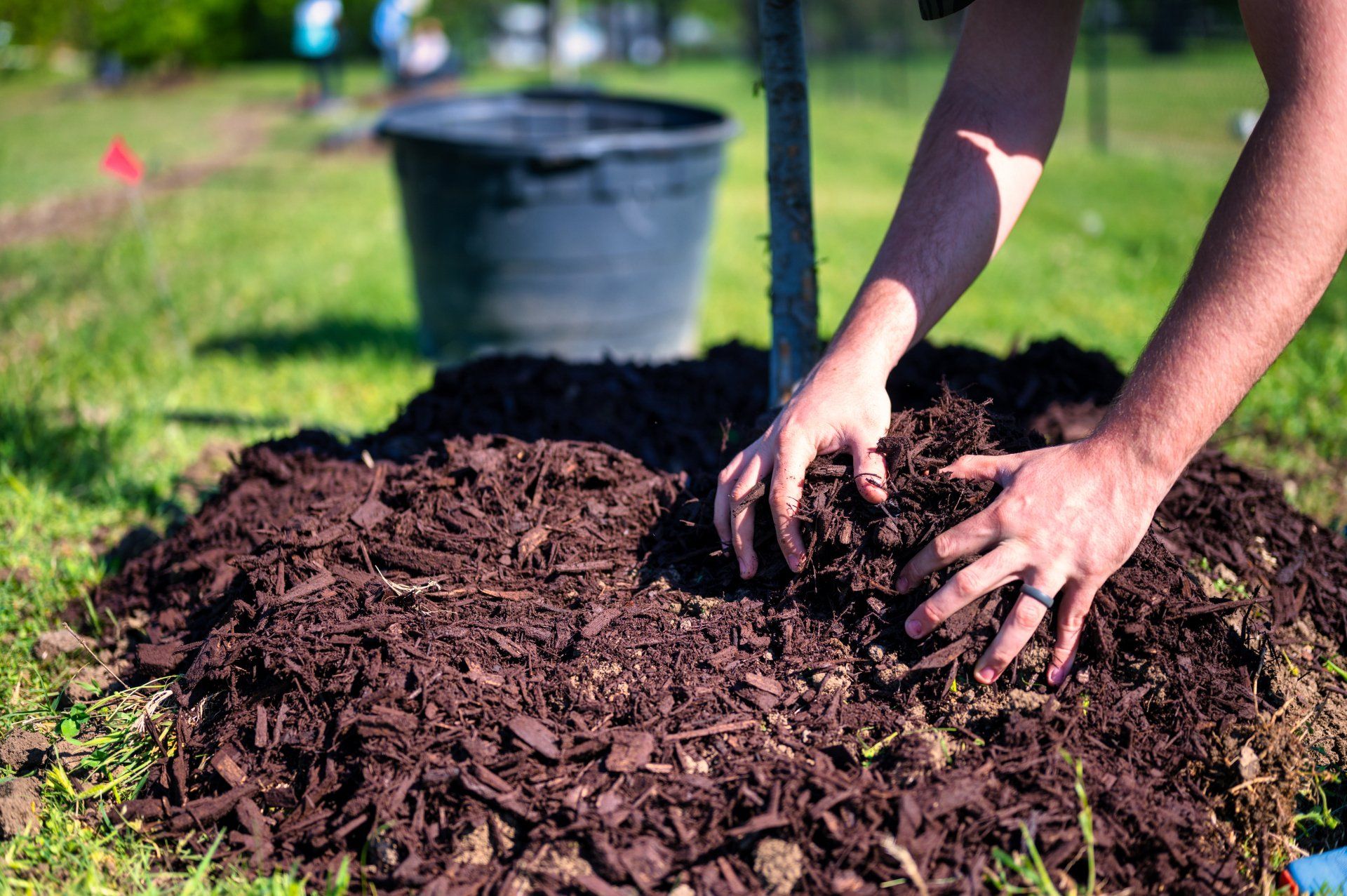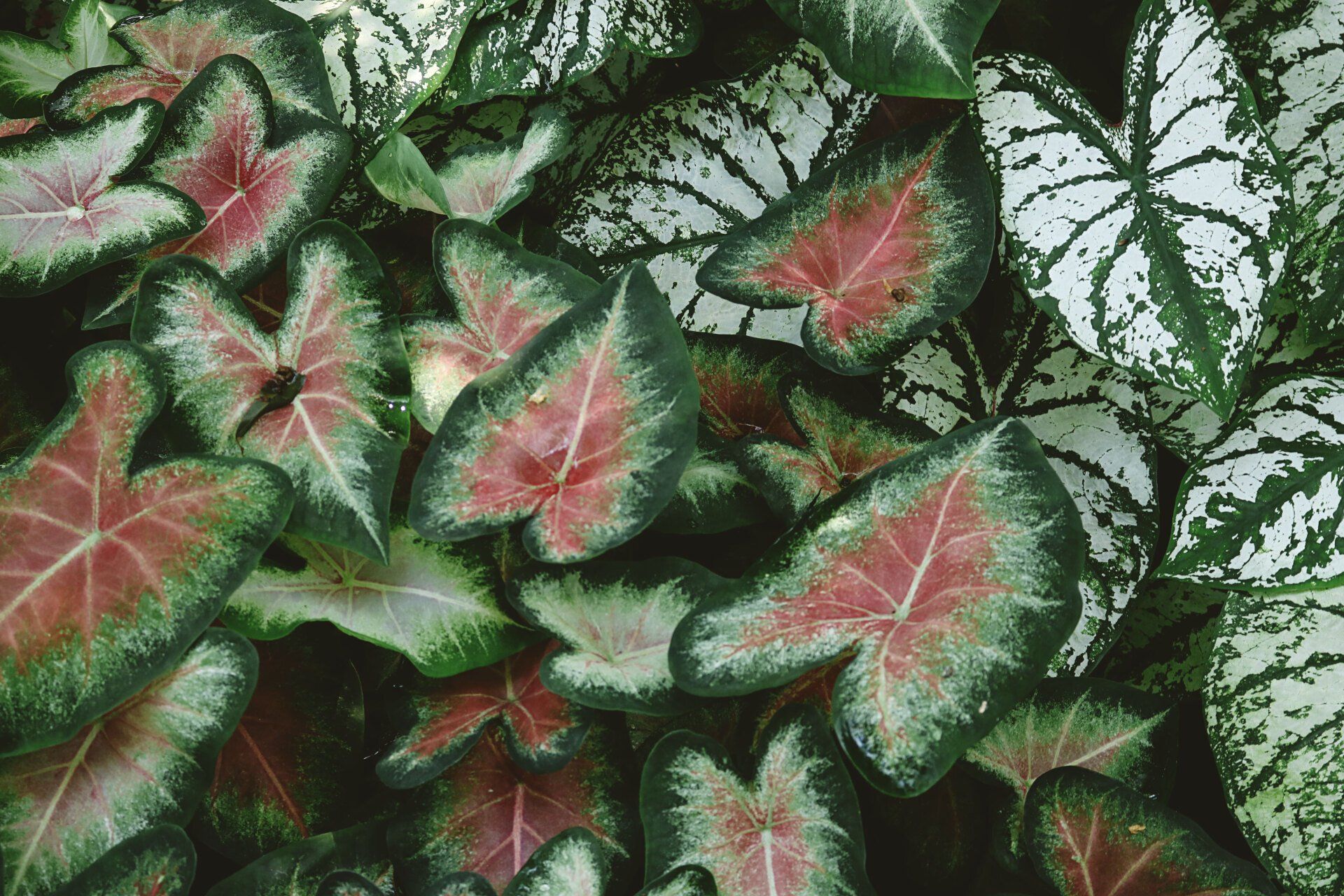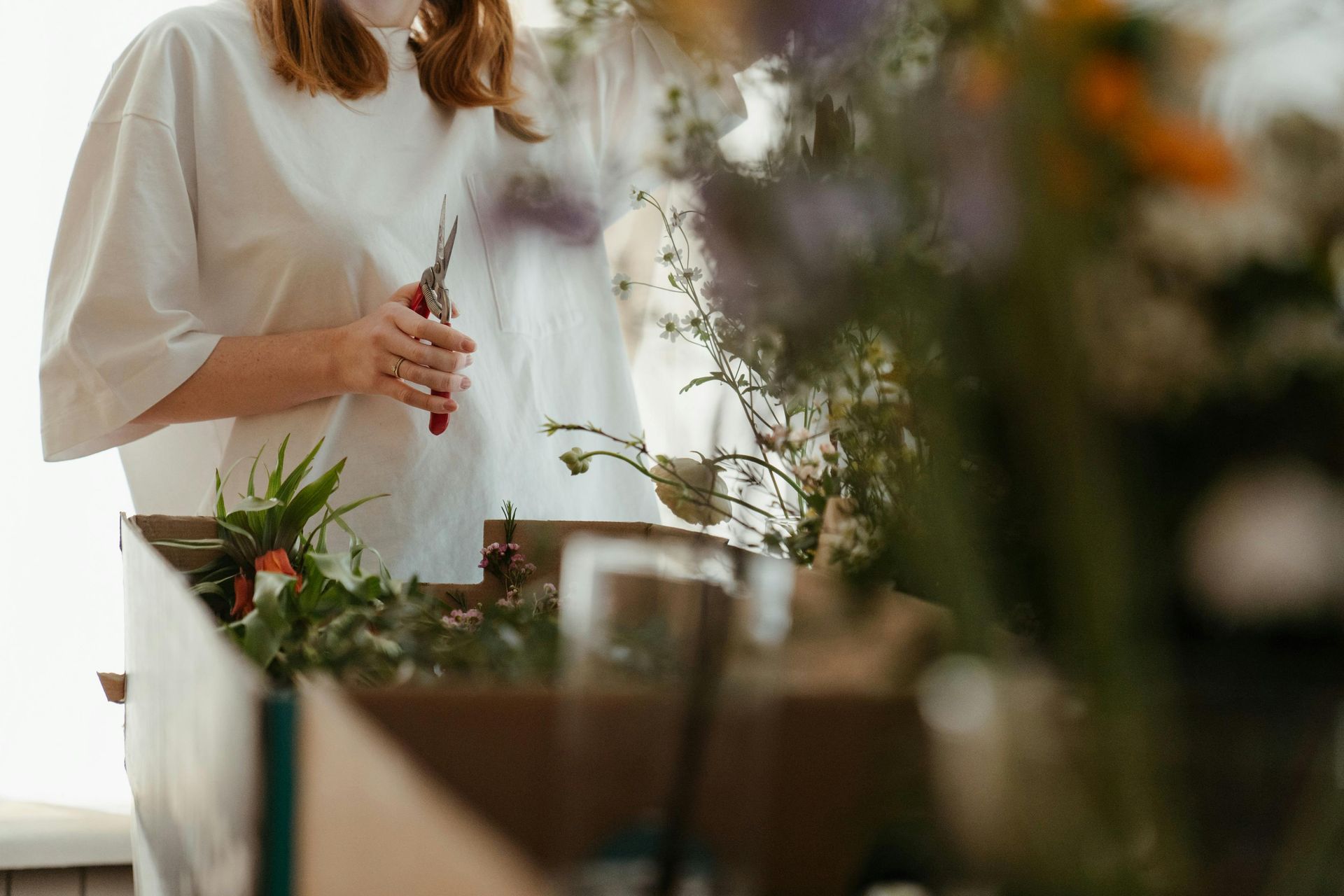Hydrangea for Mother's Day
Hydrangeas are among the most popular of garden plants and also some of the most confusing. What color will the flowers be? How can I change colors? How can I use them for arrangements?
The first step in answering these questions is to determine what sort of hydrangea you have. Cone-shaped blooms occur on hardy hydrangeas. Brightly colored mophead (round) or lacecap (flat) flowers are usually bigleaf hydrangeas, although mountain hydrangeas also produce lacecap blooms. Bigleaf hydrangeas will have thicker, glossier foliage.
Only bigleaf and mountain hydrangea blooms are affected by soil pH, which affects the bloom color. The flowers of other hydrangeas will not change color. Blue flowers appear in more acidic soils, where aluminum is more available to the plant. In more basic soils, where aluminum is less available, the flowers will be pinker. Blooms can range from deep blue to purple to hot pink, with different varieties having a tendency to be either pinker or bluer. You can adjust the color of the blooms by adding aluminum sulfate to the soil for more blue flowers and lime to soils to encourage pink blooms. It may take a couple of seasons to see the desired color.
Many gardeners like to enjoy their hydrangeas year-round by cutting and drying them for arrangements. This is easy to do. First, cut the flowers when they are slightly past their peak. Next, place them in a vase and allow them to dry while in water. Drying them in water helps them to hold their shape and color as they dry.
Types of Hydrangeas:
· Mophead hydrangeas, or Hydrangea macrophyllas, have rounded, globe-like flower heads. Most prefer morning sun and afternoon shade, but avoid heavy shade, which can cause poor flowering. Generally speaking, the further north you live, the more sun mopheads can tolerate. Mops come in blue and pink, as well as white, lavender, and lilac
· Lacecaps have flattened, loosely arranged flower heads. Also known as H. macrophylla normalis, they have the same basic growing requirements as mopheads.
· H. serratas are a subspecies of the macrophyllas, and they’re smaller shrubs. Give them part shade, if you live in a sunny climate; elsewhere, they can take more sun.
· H. arborescens is sometimes called smooth or wild hydrangea. The best-known variety is ‘Annabelle’, which bears big, white blooms and flowers dependably. Give this one some shade, especially if you live where the summers are hot.
· H. quercifolia, or oakleaf hydrangea, has cone-shaped flower heads. It’s native to the southeastern U.S. and often droops when the sun bears down, but be careful not to overwater. It needs good drainage. Oakleafs can be huge, so look for a dwarf if space is limited. If planted in a sunny spot, it will develop gorgeous fall leaf color. Give it some shade if your climate is hot.
How to Care for Hydrangeas:
· For lots of beautiful flowers, choose a hydrangea that’s cold hardy in your garden zone. Check the plant tag to see if it requires sun or shade, so you can plant it in the right spot. Early summer and fall are the best times to plant.
· Put your hydrangea where you won’t have to prune it. These shrubs grow vigorously, and besides—they’re big and beautiful by nature.
· Plant in soil that drains easily, and add good organic material, if needed, to help loosen it.
· Don’t plant your hydrangea any deeper than it was growing in the pot.
· Avoid planting under trees, where the roots will compete for moisture and nutrients.
· Keep your hydrangea watered for the first couple of years, to help develop strong roots. But don’t let water stand around your plants. Oakleafs are especially prone to root rot when they are kept too wet.
· Fertilize once a year with a balanced, slow-release fertilizer, or fertilize twice a year with 10-10-10. Commercial manure or compost is an organic alternative. Stop fertilizing by August to let your hydrangea get ready to go dormant.
With Mother's Day looming, why wait until the last minute? Here at All Seasons Nursery we make Mother's Day shopping easy. Instead of giving mom a bouquet of cut flowers that will last a week, why not give her a plant that will give her cut flowers over and over!! Endless Summer Hydrangeas will bloom several times into the hotter months of summer. She can cut these huge blooms again and again. She can even change the color of the blooms by simply changing the soil pH from neutral or alkaline which will give her a pink bloom, to acidic which will give her a lavender to deep blue bloom.
We also received a shipment of tiny container Hydrangeas for Mom’s home desk or other sweet spot! Some of them even fit in the palm of your hand!
Caring for Hydrangeas is relatively simple. When planting choose a spot that receives dappled sun to shade. These plants like moist, but not wet, soil so they will need to be watered regularly, especially as the temperature starts to rise. They are deciduous plants, which means in the winter time the foliage will turn brown after the first hard freeze. Simply strip the dead foliage off and leave the plant alone. You will see new buds forming in mid to late spring. You can use aluminum sulfate, coffee grinds, pine straw or Miracid to acidify the soil if your desired color of the bloom is lavender or blue. Leave the soil alone if you want it to be pink.
Try any variety of Hydrangea and you (AND MOM) will be more than delighted with the results. HAPPY MOTHER’S DAY!

